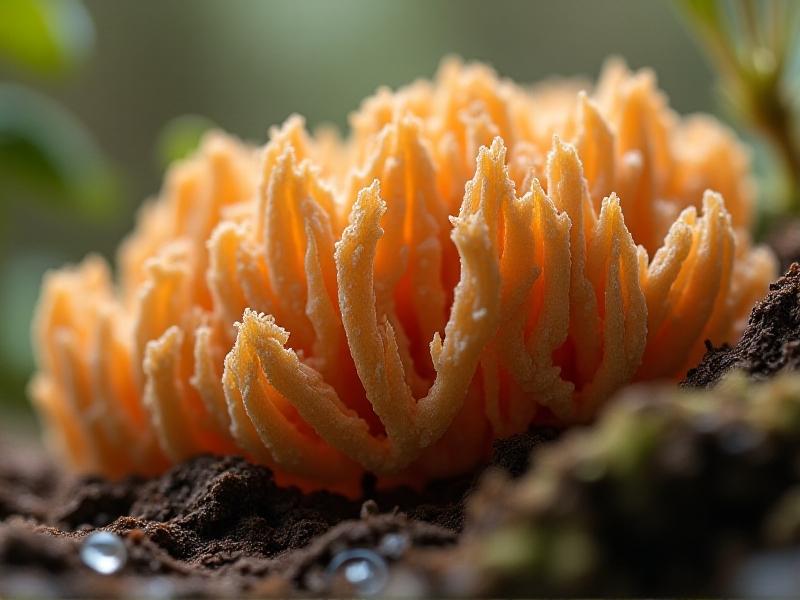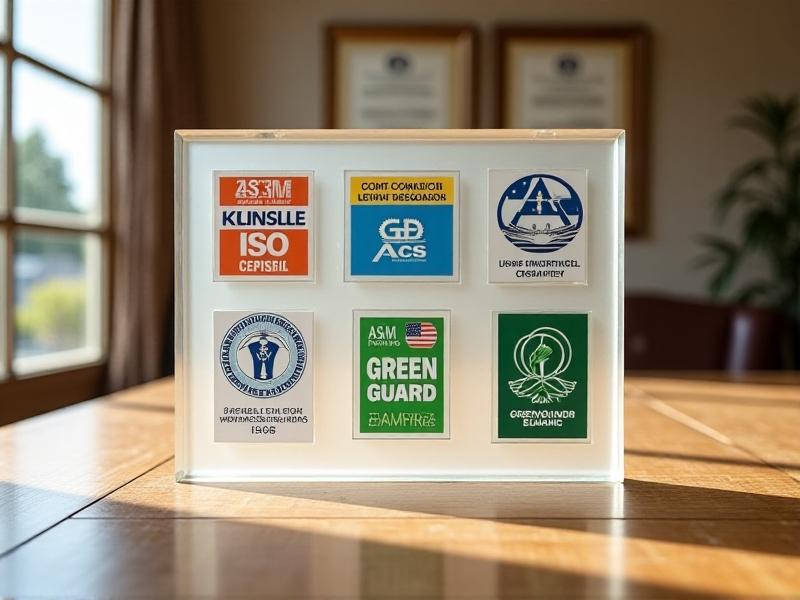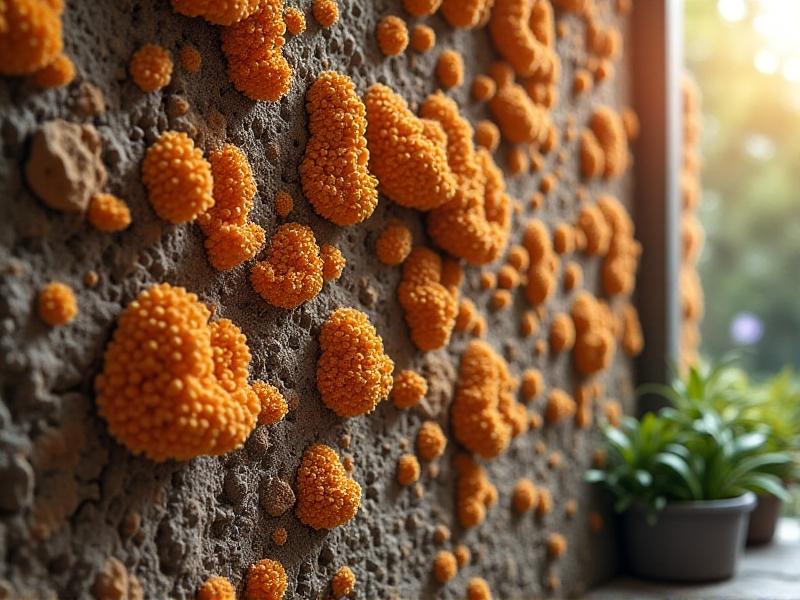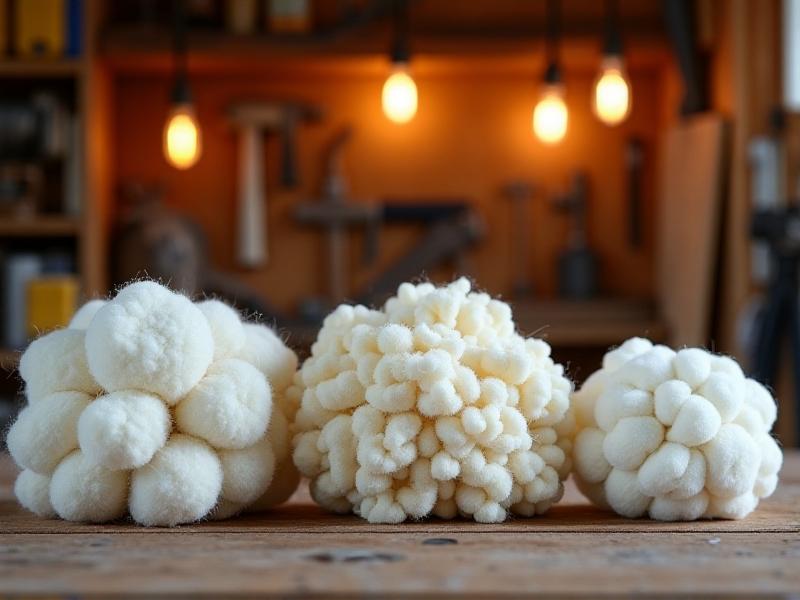Mold Resistance Certifications for Commercial Fungal Insulation
Understanding Mold Resistance in Fungal Insulation
Mold resistance is a critical factor in the performance and longevity of insulation materials, especially those derived from fungal sources. Fungal insulation, a sustainable alternative to traditional materials, is gaining traction in the commercial construction industry. However, its organic nature raises concerns about mold growth, which can compromise indoor air quality and structural integrity. Mold resistance certifications ensure that these materials meet stringent standards, providing peace of mind for builders and occupants alike.
Mold thrives in damp, warm environments, making insulation materials particularly vulnerable. Fungal insulation, while eco-friendly, must be treated or engineered to resist mold growth. Certifications like ASTM D3273 and ISO 16869 evaluate a material's ability to inhibit mold under controlled conditions. These tests simulate real-world scenarios, assessing how well the insulation performs in humid or wet environments. By adhering to these standards, manufacturers can demonstrate the reliability of their products.
For commercial applications, mold resistance is non-negotiable. Buildings with poor insulation can suffer from condensation, leading to mold proliferation. This not only damages the structure but also poses health risks to occupants. Fungal insulation with mold resistance certifications offers a sustainable solution without compromising safety or durability. As the demand for green building materials grows, understanding these certifications becomes essential for architects, contractors, and developers.

Key Certifications for Mold-Resistant Fungal Insulation
When selecting fungal insulation for commercial projects, certifications play a pivotal role in ensuring quality and performance. Among the most recognized standards is ASTM D3273, which evaluates a material's resistance to mold growth using a controlled chamber test. This certification is widely accepted in the construction industry and provides a reliable benchmark for mold resistance.
Another important certification is ISO 16869, which assesses the effectiveness of fungicides in plastic materials, including insulation. While fungal insulation is organic, it may incorporate additives to enhance its resistance to mold. ISO 16869 ensures that these additives are effective without compromising the material's sustainability. Additionally, certifications like GREENGUARD and Cradle to Cradle focus on environmental impact and health safety, further validating the insulation's suitability for commercial use.
These certifications not only assure quality but also enhance the marketability of fungal insulation. Builders and developers can confidently specify these materials, knowing they meet rigorous standards. For manufacturers, obtaining these certifications involves extensive testing and compliance, but the investment pays off in increased trust and demand. As the industry evolves, staying informed about these certifications is crucial for making informed decisions.

The Science Behind Mold-Resistant Fungal Insulation
Mold-resistant fungal insulation leverages both natural properties and advanced engineering to inhibit mold growth. Fungi, by nature, are resilient organisms capable of thriving in diverse environments. However, when used as insulation, they must be treated to prevent unwanted mold proliferation. This involves modifying their cellular structure or incorporating antifungal agents that disrupt mold's ability to grow.
One approach is to use specific fungal species that naturally resist mold. For example, mycelium, the root structure of fungi, can be cultivated to create dense, fibrous materials with inherent resistance. These materials are then treated with natural or synthetic fungicides to enhance their durability. The result is a product that combines sustainability with performance, meeting the demands of commercial construction.
Testing these materials involves exposing them to controlled environments that mimic real-world conditions. Laboratories use chambers with high humidity and temperature to assess how well the insulation resists mold. Data from these tests inform the development of better materials and help manufacturers refine their processes. As research progresses, the science behind mold-resistant fungal insulation continues to evolve, offering even more effective solutions for the industry.

Benefits of Mold-Resistant Fungal Insulation in Commercial Buildings
Mold-resistant fungal insulation offers numerous benefits for commercial buildings, making it an attractive choice for developers and contractors. First and foremost, it enhances indoor air quality by preventing mold growth, which can cause respiratory issues and allergies. This is particularly important in environments like offices, schools, and healthcare facilities, where occupant health is a priority.
Additionally, fungal insulation is a sustainable alternative to traditional materials. It is biodegradable, renewable, and often produced using waste agricultural byproducts. By choosing mold-resistant fungal insulation, builders can reduce their environmental footprint while meeting stringent building codes and standards. This aligns with the growing demand for green construction practices and certifications like LEED.
From a performance perspective, fungal insulation provides excellent thermal and acoustic properties. Its dense, fibrous structure effectively traps air, reducing heat transfer and noise levels. When combined with mold resistance, it ensures long-term durability and cost savings. Maintenance costs are lower, and the risk of structural damage from mold is minimized. As the construction industry continues to prioritize sustainability and safety, mold-resistant fungal insulation is poised to become a staple in commercial projects.
Challenges and Future Directions in Mold-Resistant Fungal Insulation
Despite its many advantages, mold-resistant fungal insulation faces several challenges that must be addressed to achieve widespread adoption. One of the primary concerns is cost. Producing and certifying these materials can be expensive, making them less accessible for smaller projects or budget-conscious developers. However, as demand increases and production scales up, costs are expected to decrease.
Another challenge is public perception. Many stakeholders in the construction industry are unfamiliar with fungal insulation and may be hesitant to adopt it. Education and awareness campaigns are essential to highlight its benefits and dispel misconceptions. Case studies and pilot projects can demonstrate its effectiveness, building trust and confidence among builders and developers.
Looking ahead, research and innovation will play a crucial role in advancing mold-resistant fungal insulation. Scientists are exploring new fungal species, treatment methods, and manufacturing techniques to enhance performance and reduce costs. Collaboration between academia, industry, and policymakers will be key to overcoming challenges and driving adoption. As the industry evolves, mold-resistant fungal insulation has the potential to revolutionize commercial construction, offering a sustainable, safe, and durable solution for the future.







